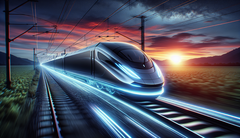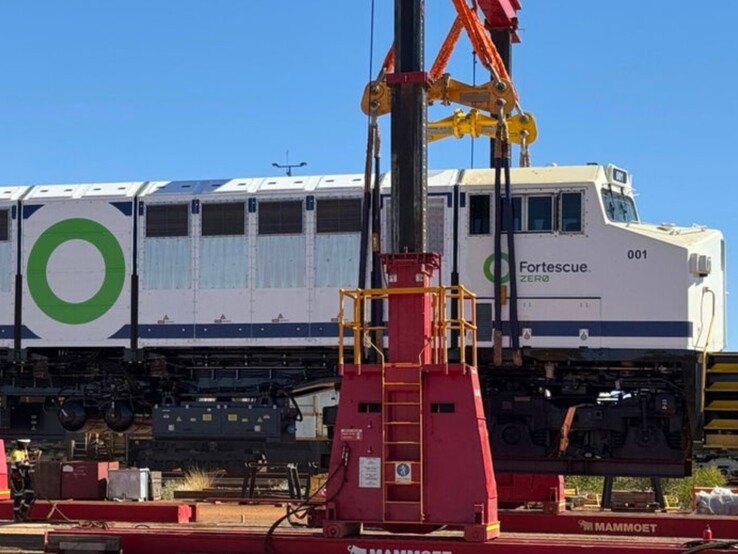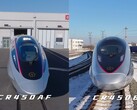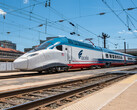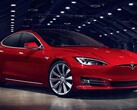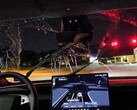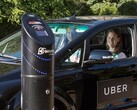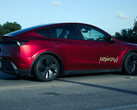Australian mining company Fortescue has sent its battery-powered “Infinity Train” on a full 1,100-kilometer (about 684-mile) journey from Perth to the Pilbara mines – entirely without fossil fuels. While it hasn’t been officially confirmed whether the train completed the route without recharging, that remains the company’s long-term goal. To achieve this, the Infinity Train relies on the natural topography of the iron ore railway and regenerative braking, using downhill sections to recover energy and recharge its batteries.
On the loaded descent, the train uses the downhill gradient as a natural energy source. Its regenerative braking system feeds enough power into the batteries to allow the empty train to make the uphill return trip to the open-pit mine – without relying on external charging infrastructure. Once back at the top, it can recharge further while being loaded, ready to repeat the cycle. In an ideal scenario, the Infinity Train could operate continuously without ever needing to draw power from the grid.
The locomotive was developed by Fortescue Zero in collaboration with Williams Advanced Engineering (WAE), which Fortescue acquired in 2022. The company marked the prototype’s arrival with several celebratory LinkedIn posts. CEO Ellie Coates called it “an important milestone on the road to Real Zero.” The transfer run will now be followed by a multi-month testing program before the Infinity Train enters regular service on the 385-mile heavy-duty route in the Pilbara region. “These tests are crucial for scaling the system to meet the unique demands of the area,” Coates explained.
Great potential for sustainability and cost efficiency
The Infinity Train project is a key part of Fortescue’s strategy to achieve “Real Zero” emissions by 2030. Currently, the company operates 54 diesel-powered locomotives on its Pilbara rail network. By fully transitioning to Infinity Trains, Fortescue expects to save 82 million liters (21.7 million U.S. gallons) of diesel and reduce CO₂ emissions by around 235,000 tons annually – while also cutting operating costs by approximately $80 million USD per year. The initial development phase over the first two years was estimated to cost around $50 million USD.




